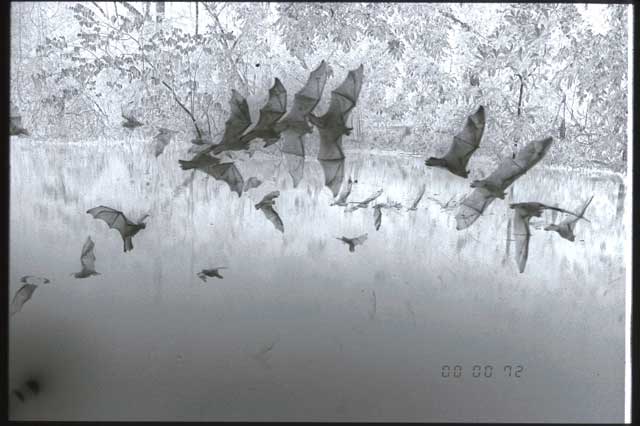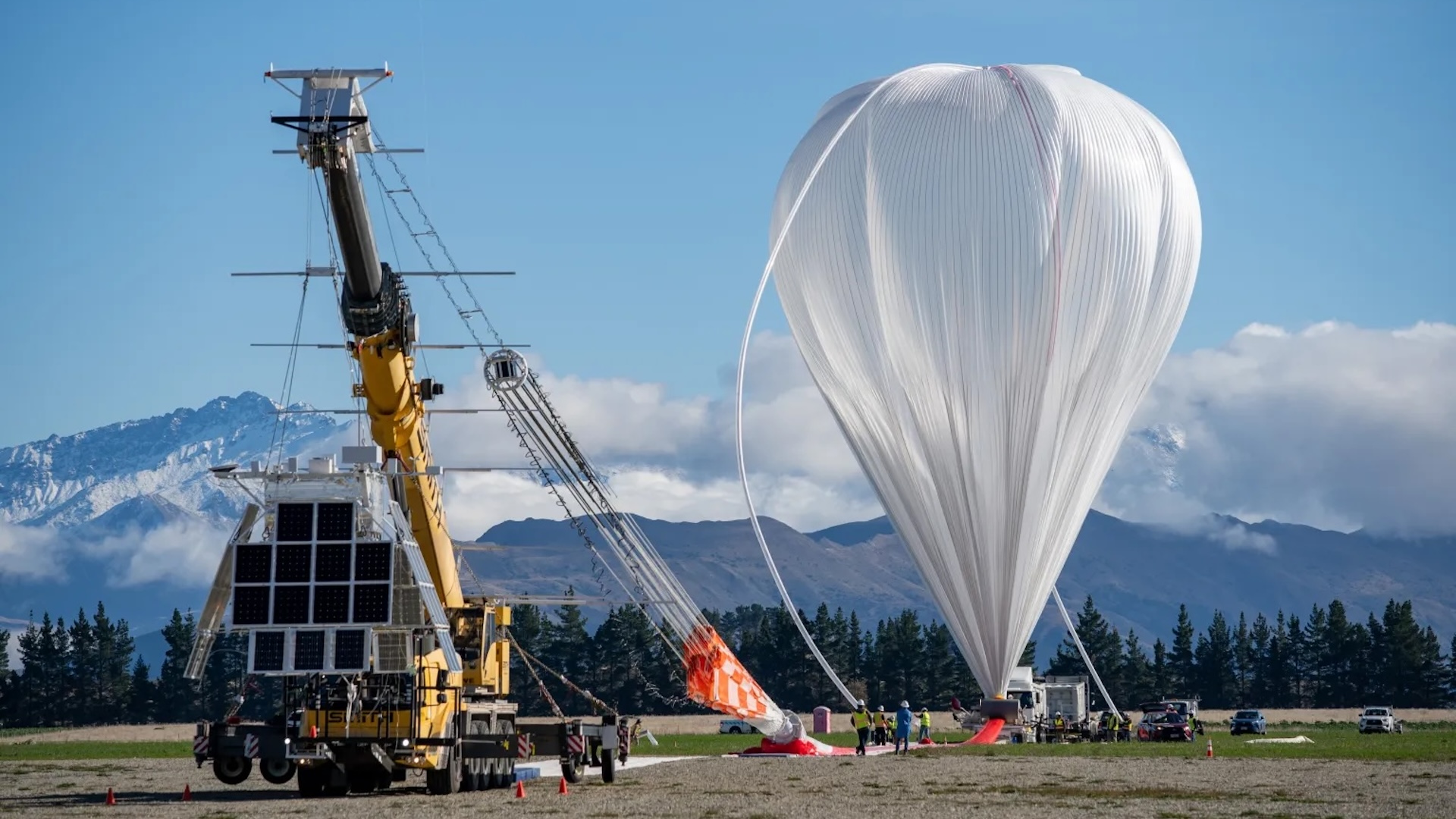Bats Screech Louder Than Rock Concerts

Bats that weigh no more than a handful of coins screech 100 times louder than rock concerts, a discovery that could help design advanced robots.
Not only are bats the only mammals that can truly fly, but most can take wing even when it is pitch black with the aid of natural sonar. Bats can bounce ultrasonic waves off their surroundings, and by listening to the echoes, they can avoid obstacles and find prey. (These echolocation calls are typically beyond the range of human hearing.)
Using cameras and microphone arrays, scientists investigated how 11 species of insect-eating tropical bats from Panama capture prey. The work is detailed today in the the journal PLoS ONE.
The most powerful bat calls known until now were 120 decibels, or roughly as loud as a rock concert. Now researchers find that bat screams can be 100 times louder.
"It is simply impressive that such small animals — 50 grams or less — can emit such extreme sound pressures," said researcher Annemarie Surlykke, a bioacoustician at Syddansk University in Denmark. Fifty grams is roughly how much 10 nickels weigh.
"To give you a feeling on how loud these calls are, it'd be like sitting on a runway of an airport," said University of Maryland neuroscientist Cynthia Moss, who did not participate in this study.
"For years it's been difficult to get accurate readings on how intense bat calls were," said University of Western Ontario behavioral ecologist Brock Fenton, who also did not participate in this study. "Now we see they're putting out a lot of energy."
Sign up for the Live Science daily newsletter now
Get the world’s most fascinating discoveries delivered straight to your inbox.
Still, as powerful as these bat calls got, they did not help bats detect prey any farther away.
Surlykke and her colleagues suspect the different bat species each chose their own sound frequencies to screech at so as to not interfere with the others. The bats that end up with the high frequencies that fade most over distance have to scream more powerfully than ever. The loudest bat studied — the greater bulldog bat (Noctilio leporinus) — squeaked at high sound frequencies more easily dissipated by the air.
Moss noted that "knowing which range of signals are used in the wild for solving different types of problems can help in the design of artificial systems."
In fact, Surlykke and her colleagues are helping develop robots that mimic bats. These machines could employ sonar to either complement their vision or work "in situations where vision is infeasible," Surlykke explained.
By tweaking such robots, researchers could also learn why bat echolocation has evolved the ways it has, she said.
- Video: How Bats Fly
- More Video on How Bats Fly
- How Bats Track Bugs










